An inorganic, nonmetallic solid prepared by the action of heat and subsequent cooling is Ceramic.
They have a crystalline or partly crystalline structure, amorphous (e.g., a glass).
Types Of Ceramics :
Crystalline ceramics- Crystalline material are not responsive to a great range of processing.They are made in the desired shape, by reaction in situ, or by forming powders into the desired shape, and then sintering to form a solid body.
Forming Techniques-
Properties Of Ceramics-
 (Source- Google Images)
(Source- Google Images)
Applications Of Ceramics-
The global ceramic sanitary ware production market is estimated to grow at a CAGR of 8.29% from 2011 to 2016 to reach $33 billion by 2016.
Global Ceramic Sanitary Ware Annual Production, by Region, 2011
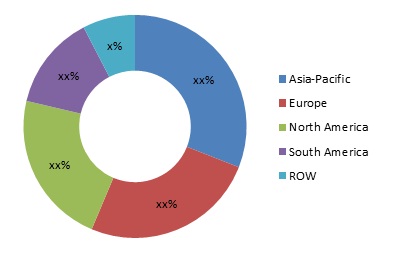
(Source-marketsandmarkets)
For more info,visit-
http://www.prweb.com/releases/ceramic-sanitary-ware/market/prweb11670666.htm
They have a crystalline or partly crystalline structure, amorphous (e.g., a glass).
Types Of Ceramics :
Crystalline ceramics- Crystalline material are not responsive to a great range of processing.They are made in the desired shape, by reaction in situ, or by forming powders into the desired shape, and then sintering to form a solid body.
Forming Techniques-
- Shaping by hand.
- Slip casting.
- Tape casting.
- Injection molding.
- Dry pressing.
Properties Of Ceramics-
- Chemically stable.
- Prone to thermal shock.
- Oxidation resistant.
- Nonmagnetic.
- Electrical insulators.
- Thermal insulators.
- Refractory.
- Brittle,hard and wear-resistant.
 (Source- Google Images)
(Source- Google Images)Applications Of Ceramics-
- The blade of a ceramic knife stays sharp for much longer time.
- Brake disks for vehicles made from ceramics are resistant to abrasion at high temperatures.
- Composite ceramic and metal matrices used in modern armoured fighting vehicles because they offer superior penetrating resistance against shaped charges (such as heat rounds) and kinetic energy penetrators.
- Alumina and boron carbide(ceramics) have been used in ballistic armored vests to repel large-caliber rifle fire.
The global ceramic sanitary ware production market is estimated to grow at a CAGR of 8.29% from 2011 to 2016 to reach $33 billion by 2016.
Global Ceramic Sanitary Ware Annual Production, by Region, 2011

(Source-marketsandmarkets)
For more info,visit-
http://www.prweb.com/releases/ceramic-sanitary-ware/market/prweb11670666.htm

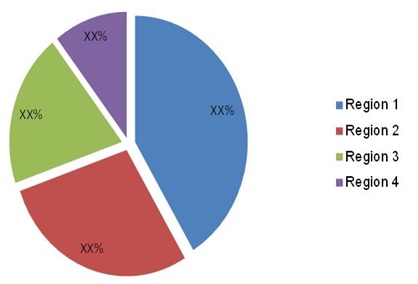

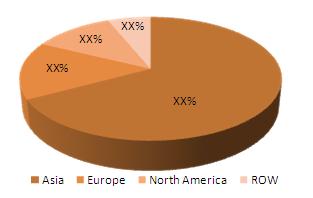

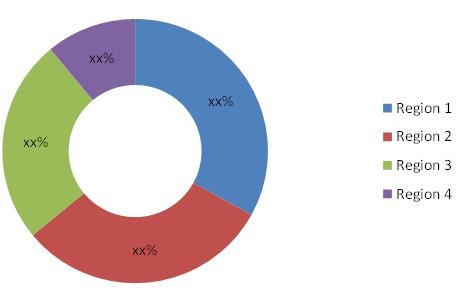

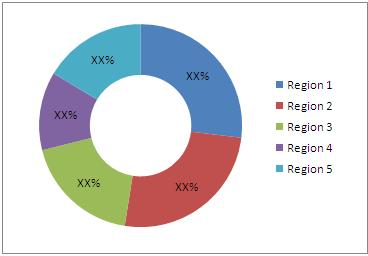




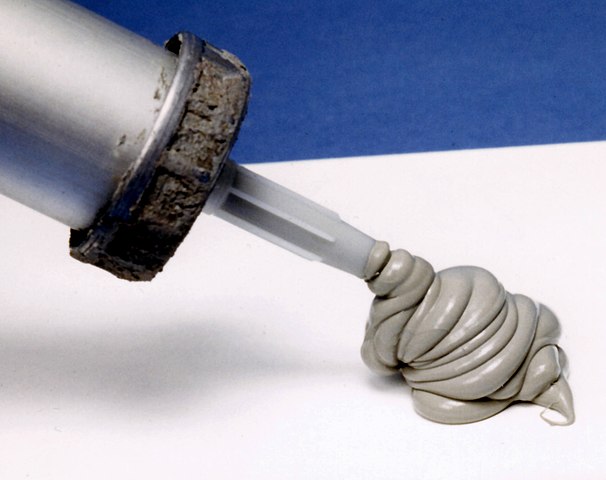


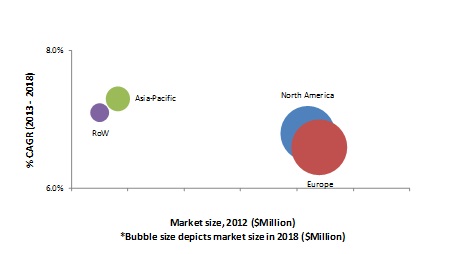
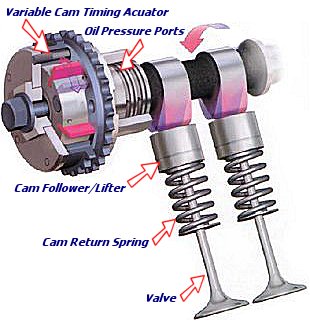 (Source-Google images)
(Source-Google images)


